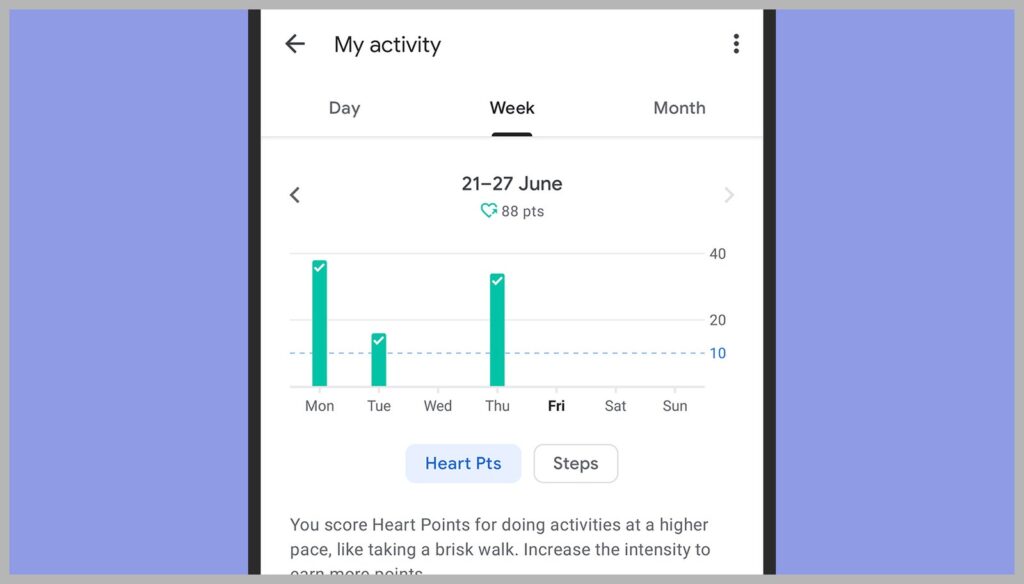How to Work Out More—Using Your Phone’s Default Apps
You don’t need a new wearable to get moving or meet your health goals. Turn to the smartphone you already have….

Most of us have tons of third-party apps installed on our phones, but you might be surprised at just how much your Apple or Android handset can do right out of the box—and that extends to health and fitness tracking.
If you’re looking to start working on your physical fitness—perhaps after the disruption of a global pandemic—then you don’t need to look around for apps or invest in a new wearable right away, because everything you need to get started is already on your phone.
Google Fit
Google Fit is (as the name suggests) Google’s own fitness tracking app, and it comes preinstalled on Android phones—if you don’t have it for whatever reason, then you can install it from the Google Play Store. Unlike Apple’s offering, it’s cross-platform, and you can find the iOS version here. While Google Fit isn’t the most advanced health and fitness app you’ll ever find, it covers the basics well enough.
The home screen of the app is dominated by two rings, showing heart points (which are earned through any kind of moderate activity) and steps. Scroll down that main screen and you’ll see everything else that Google Fit can monitor, from sleep to weight. You might eventually want to install some third-party apps to track these metrics, but you can also enter data for them manually (or just ignore them for the time being).
Google Fit records activity in terms of heart points.
David Nield via GoogleBefore you do anything else, set yourself some goals for each day: Tap Profile, and tell Google Fit how many steps you want to do every day, and how many heart points you want to aim for. On the same screen, you can enter your birthday, your weight, and your height, which means the app can more accurately assess and calculate your stats.
When it comes to walking and running, Google Fit should automatically log your movements—if this doesn’t seem to be happening, go to the Android Settings screen then tap Apps and notifications, See all apps, Fit, and Permissions to make sure the app is allowed to keep track of your physical activity through movements detected by your smartphone. Just make sure you keep your phone with you, and you’ll start to build up a picture of your daily exercise.
Further down the line, you can buy extras like smartwatches and chest straps to track other kinds of activity, but when you’re just getting started you can add these workouts manually. From the front screen of Google Fit, tap the plus button (lower right) and choose Add activity. You’re able to specify the type of activity you’ve completed and how long it took, and give an estimate of how hard it got your heart working.





